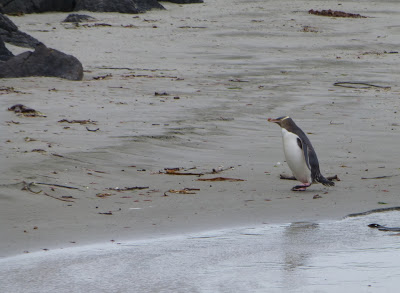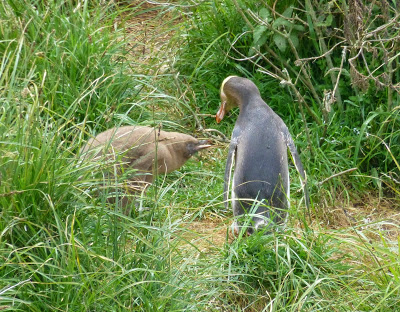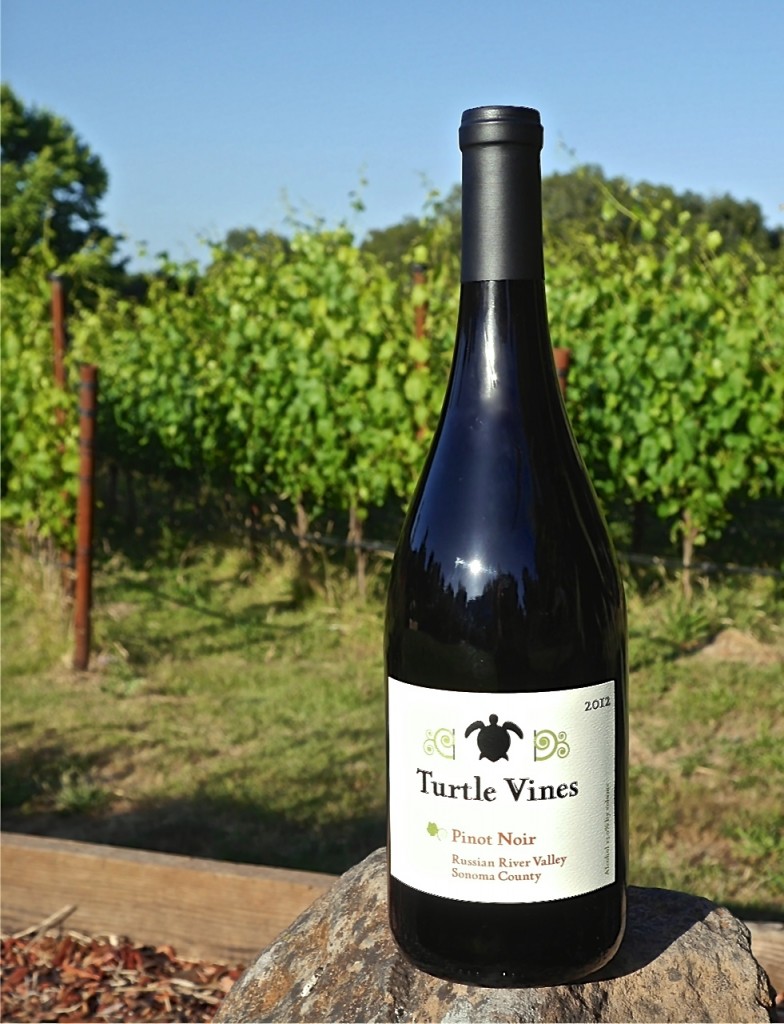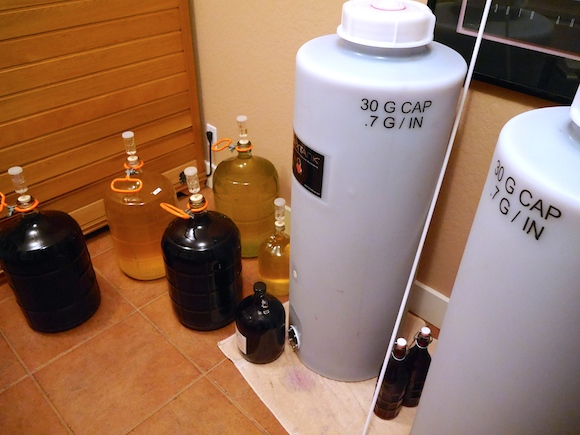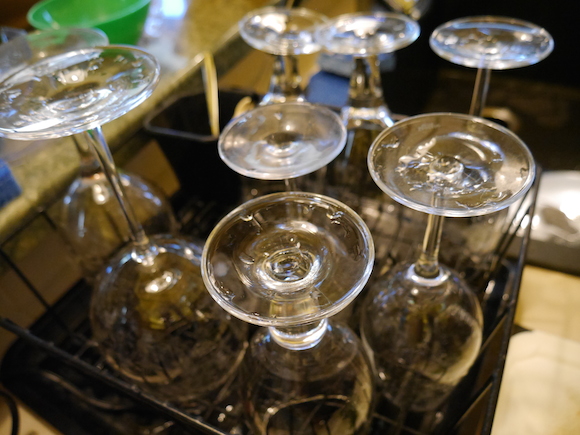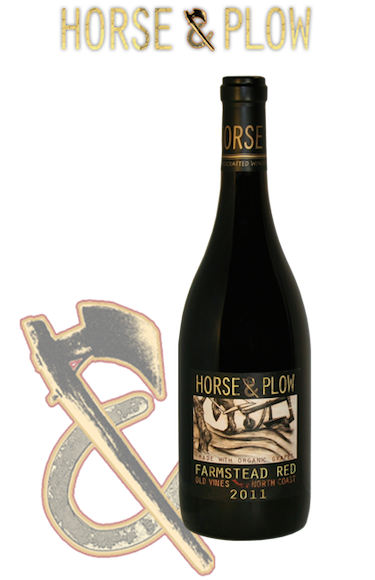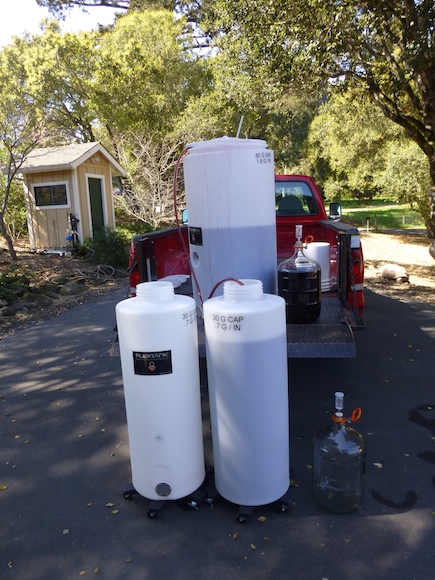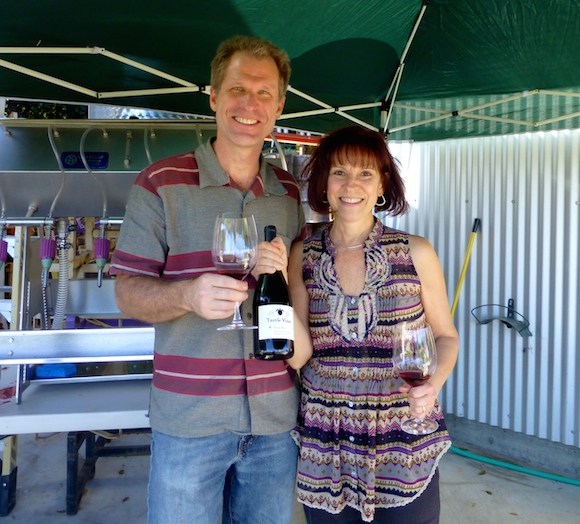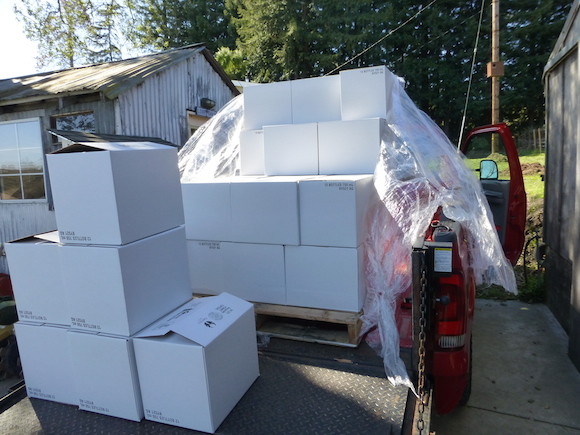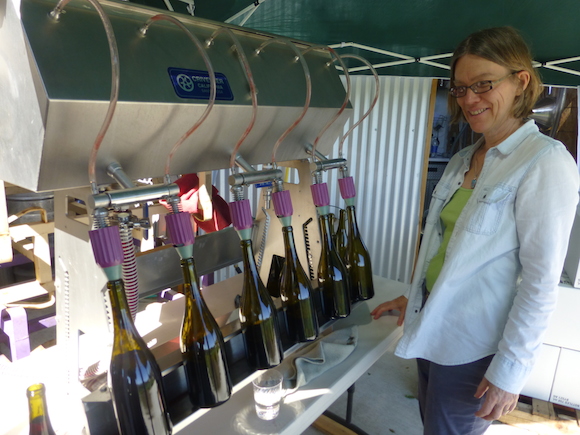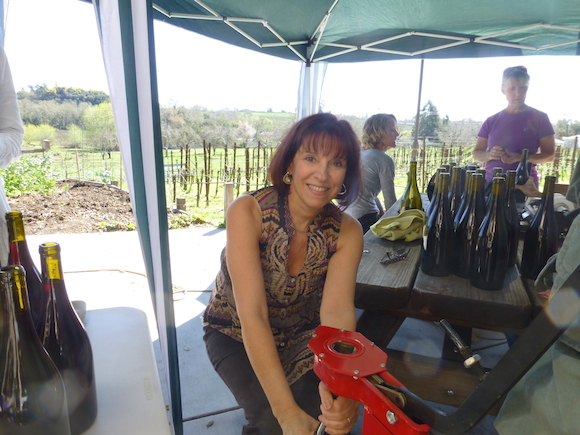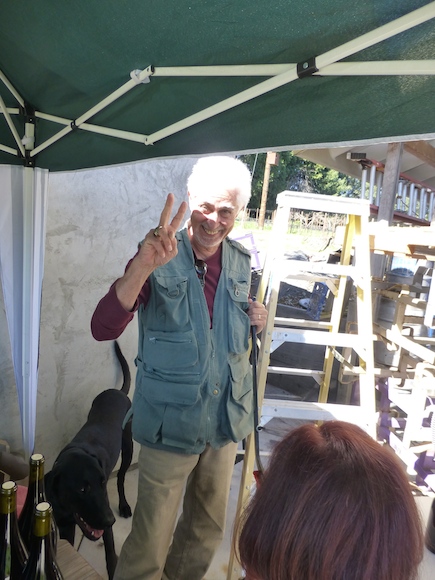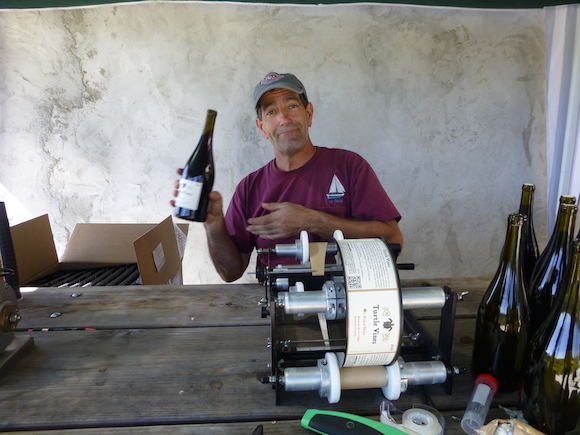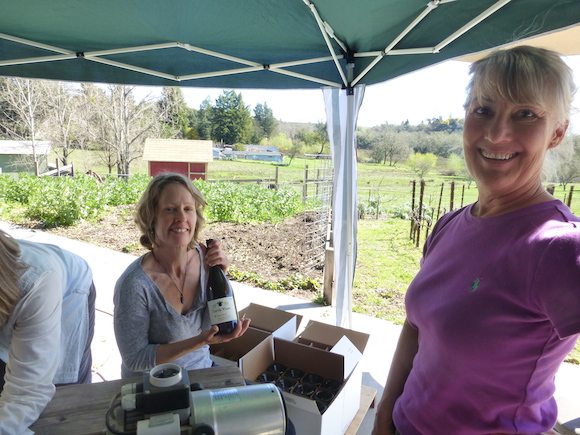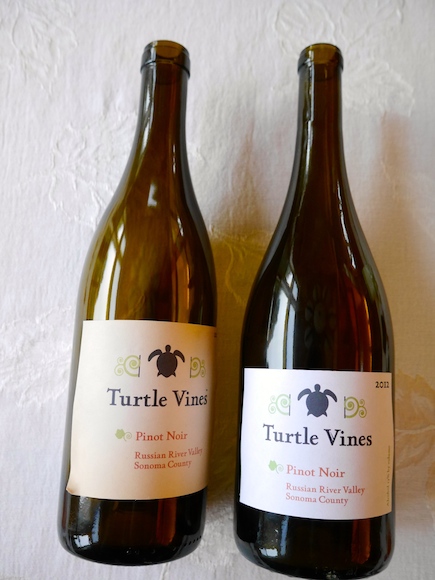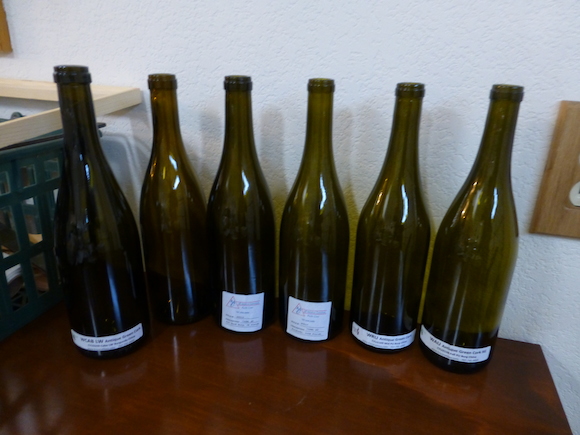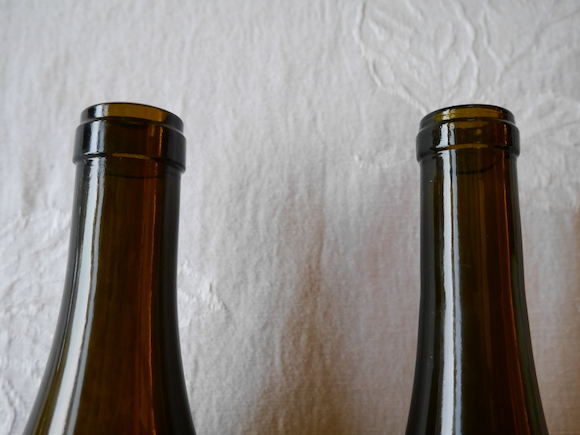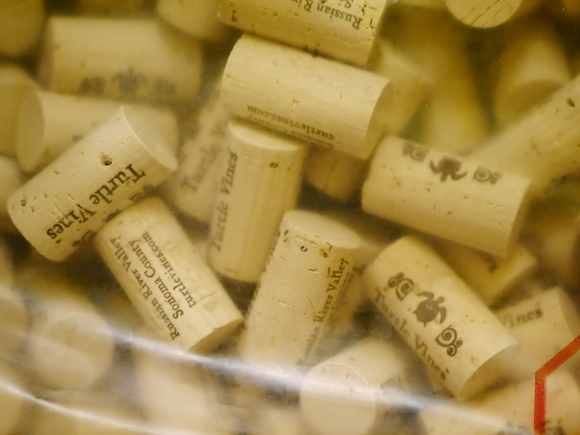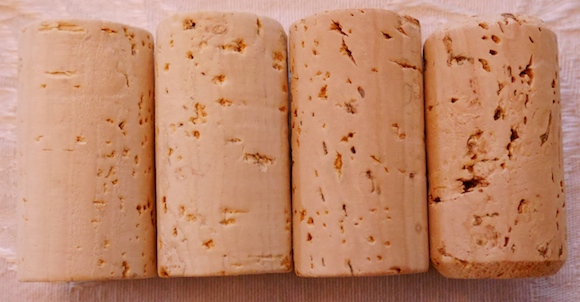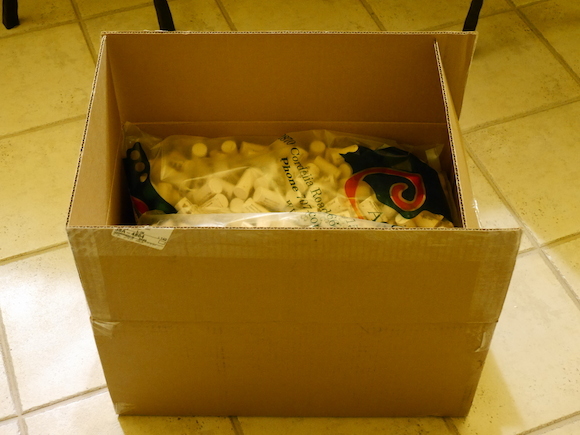Late December and early January we took a trip to Australia and New Zealand that was 25 years in the making. We flew from our home in Sebastopol to Sydney, Australia, picked up a cruise boat and headed down the coast of Australia to Tasmania, over to New Zealand and up to Auckland. Being from Wine Country…we had to take in the flavor of other areas of the wine making world.
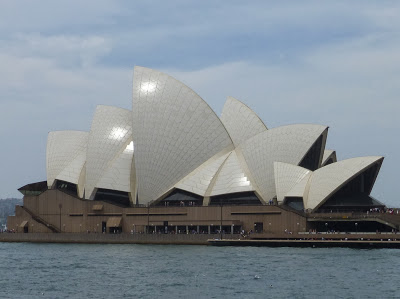
One of our best stops was Hobart, in Tasmania. We happened to be there on the most exciting day of the year when these three things occurred:
The Taste of Tasmania – Tasmania’s largest food and wine festival.
A massive street fair.
The end of the Sidney Hobart yacht race.
We would have taken this entire trip just to be at the Taste of Tasmania. For $7 you get a little glass and can go around and taste all the wines at the fair. By the way, the crowd you see in the picture below is some of the 40,000 visitor that day to Hobart for the Yacht Race and Taste of Tasmania.
Our favorite wines were from Moorilla winery. We bought a bottle of their 2011 Pinot Noir and Sauvignon Blanc. We also liked the Kelvedon 2011 Pinot Noir. At this point we were trying to figure out how we were going to get all of these home since our suitcases were already stuffed to the gills.
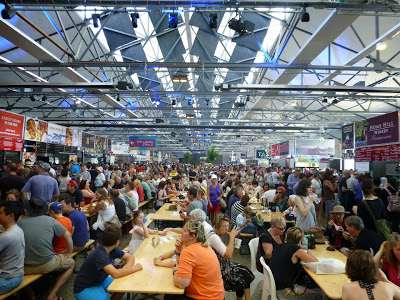
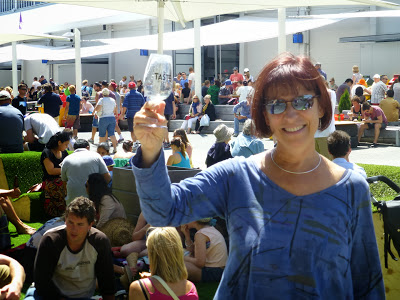
The street fair, right outside the Taste of Tasmania, was just as busy. Booths lined the streets with food, clothes, pottery, and more. The best thing I had there were the fresh Tasmanian cherries – yummmm!
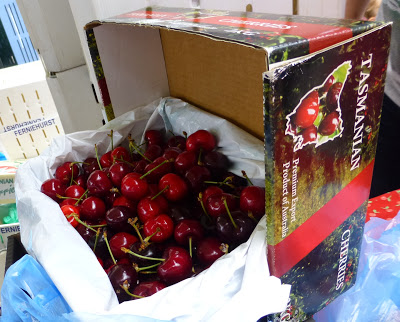
Because of bad weather, the start of the Sydney Hobart yacht race was delayed. Our cruise ship had to leave the port before the race ended and we thought we would miss this great event. But on our way out we passed the winning yacht! Our ship’s passengers waived wildly and our captain gave out a bit TOOT as we passed the winner, Wild Oats XI.
After having had one of the most fun days ever, we headed to New Zealand.
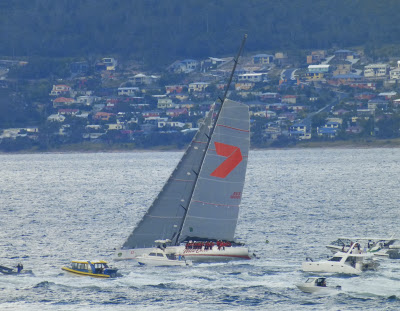
New Zealand Wine Country
As wine growers and wine makers, we were really looking forward to our trip to Picton where we took a tour of seven wineries in the famous region of Marlborough. We were surprised to find that most of their growing and wine making techniques were pretty much the same as what we do here in Sonoma county as we were hoping to pick up a few new tricks. But their wines were lovely and their vineyards were beautiful. I could have definitely spent more time in this amazing region.
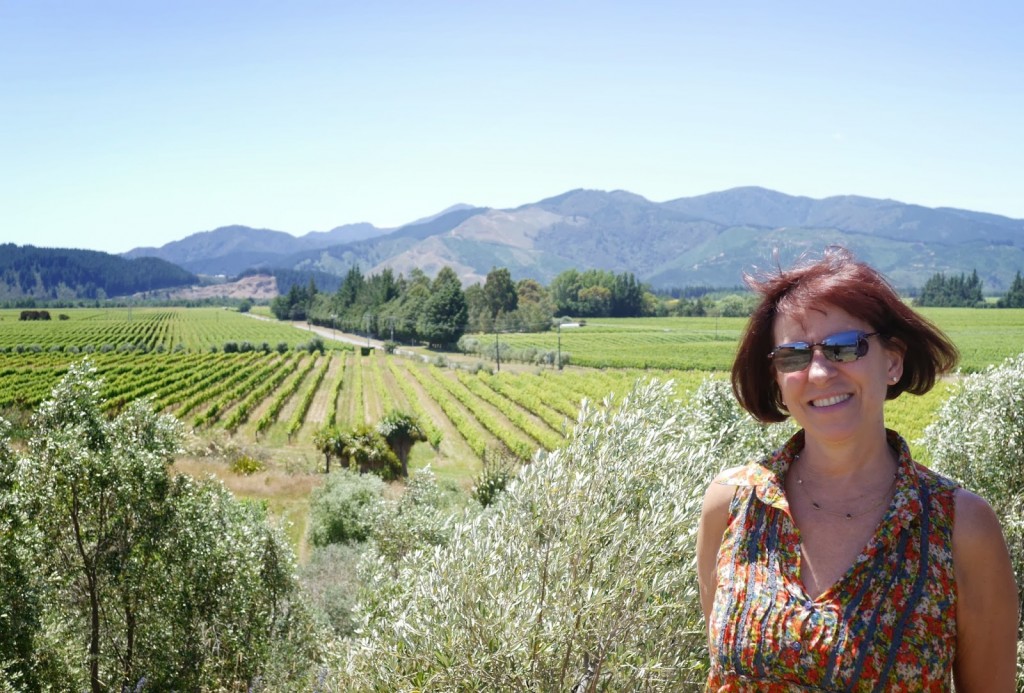
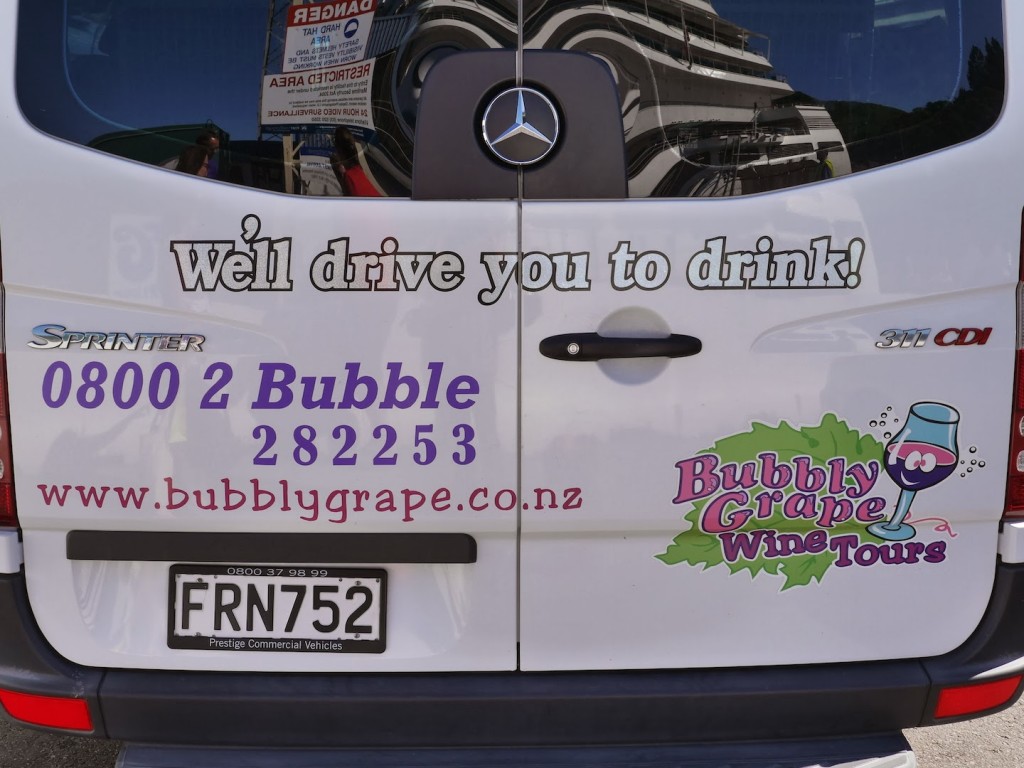
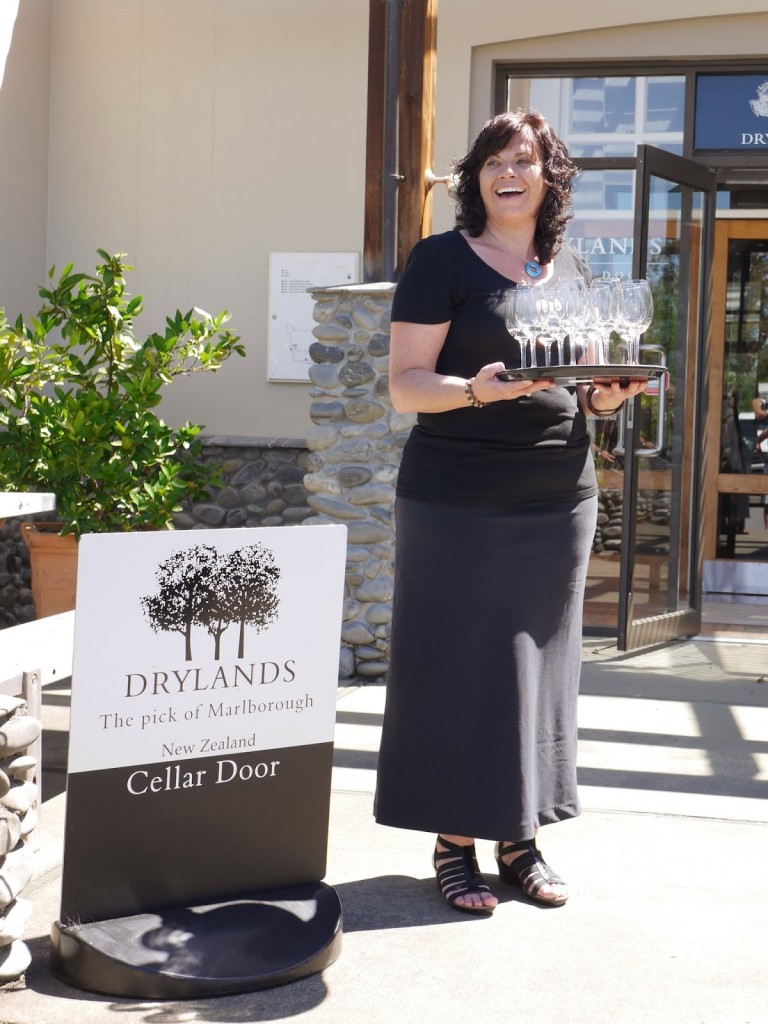
We visited:
Lawson’s Dry Hills,
Wither Hill (loved their Pinot noir)
Hunter’s (run by Jane Hunter, a famous female wine maker)
Giesen Wines (had a lovely Riesling and a restaurant where we ate lunch)
Seresin Estate (a biodynamic vineyard that also sells the health promoting Manuka honey)
Spy Valley (had amazing views)
Drylands (who also sells Kim Crawford brand)
While in Auckland we jumped on a ferry to Waiheke Island. Unfortunately, all the tours were filled and, for the first time in almost a month, we had to rent a car and take our chances of driving on the other side of the road – yikes!
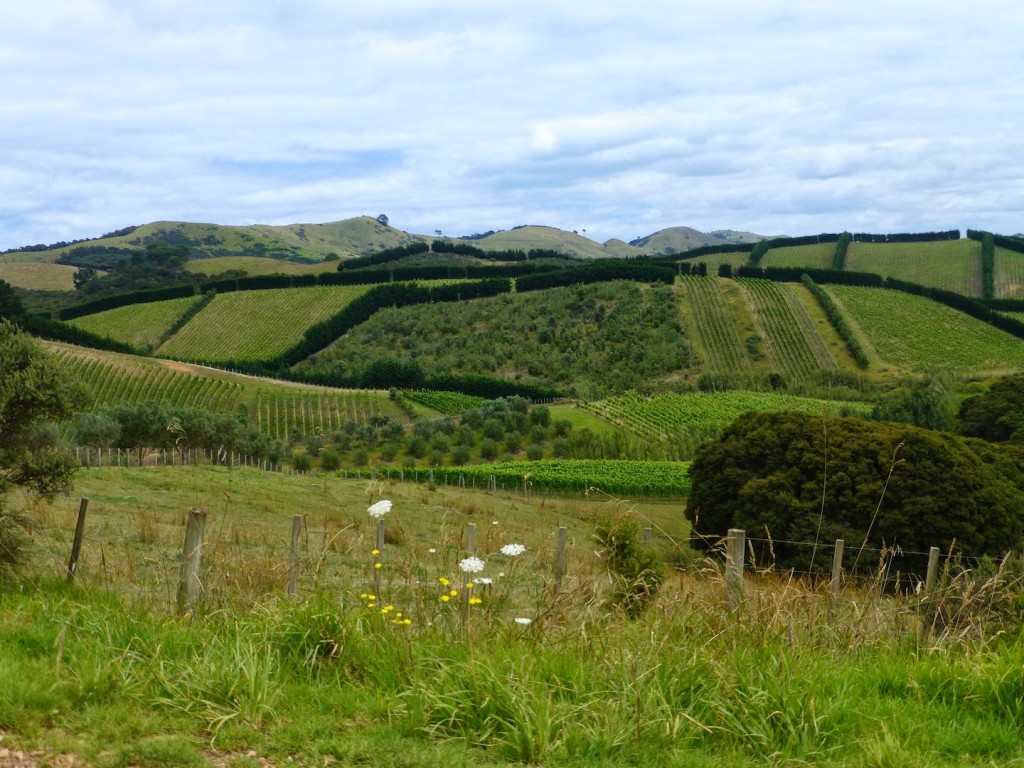
Waiheke Island is famous for its wineries but since we had to drive, we only stopped in a few places. Our first was a beautiful winery/restaurant called Casita Miro where I had the loveliest meal on the trip.
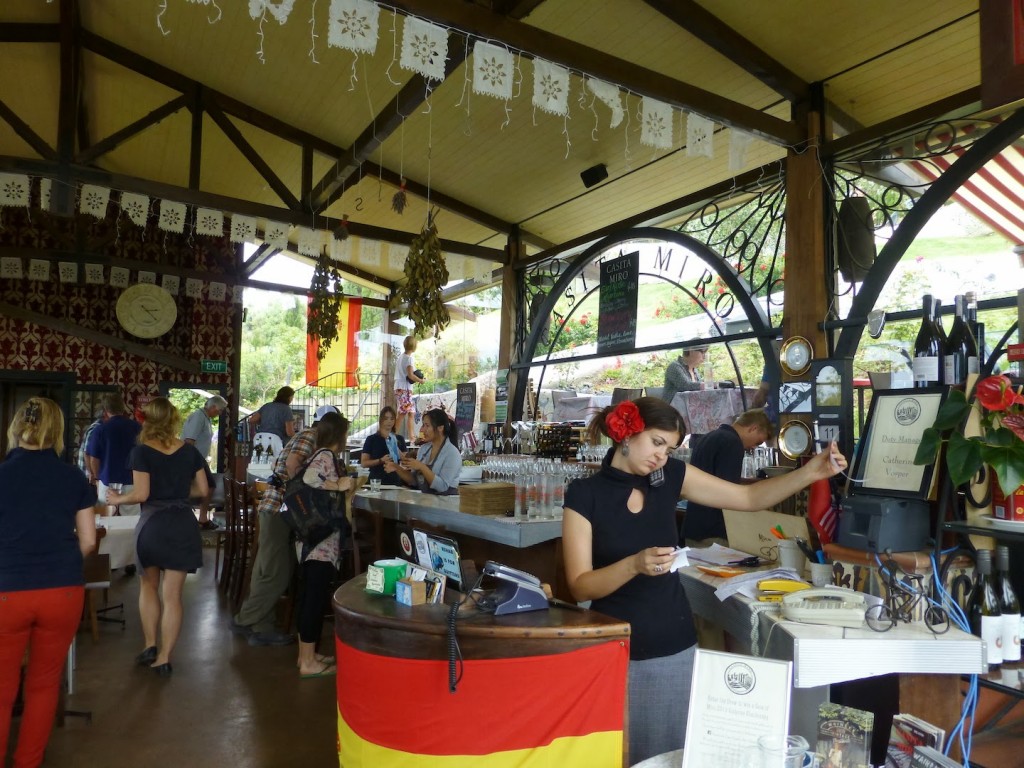
We drove to the other side of the island and visited Man O’ War, a vineyard on the water. It was the only tasting room where I’ve seen people pull up in their boats! It was laid back and people with their children came there to picnic, hang out and even teach their children how to play cricket.
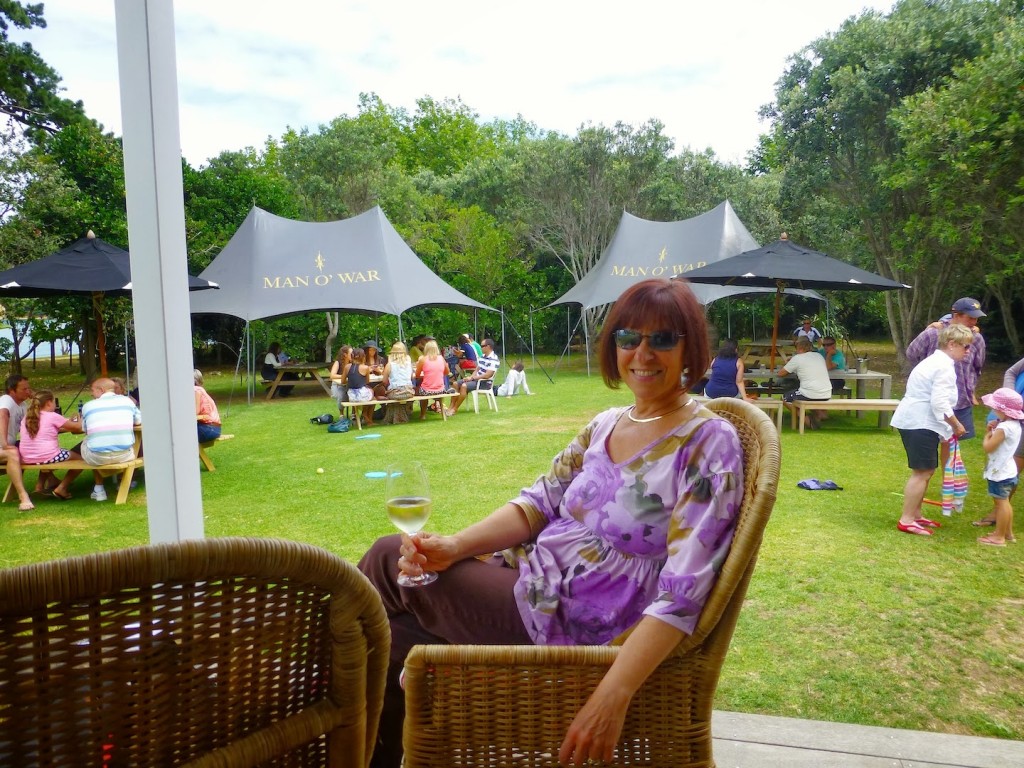
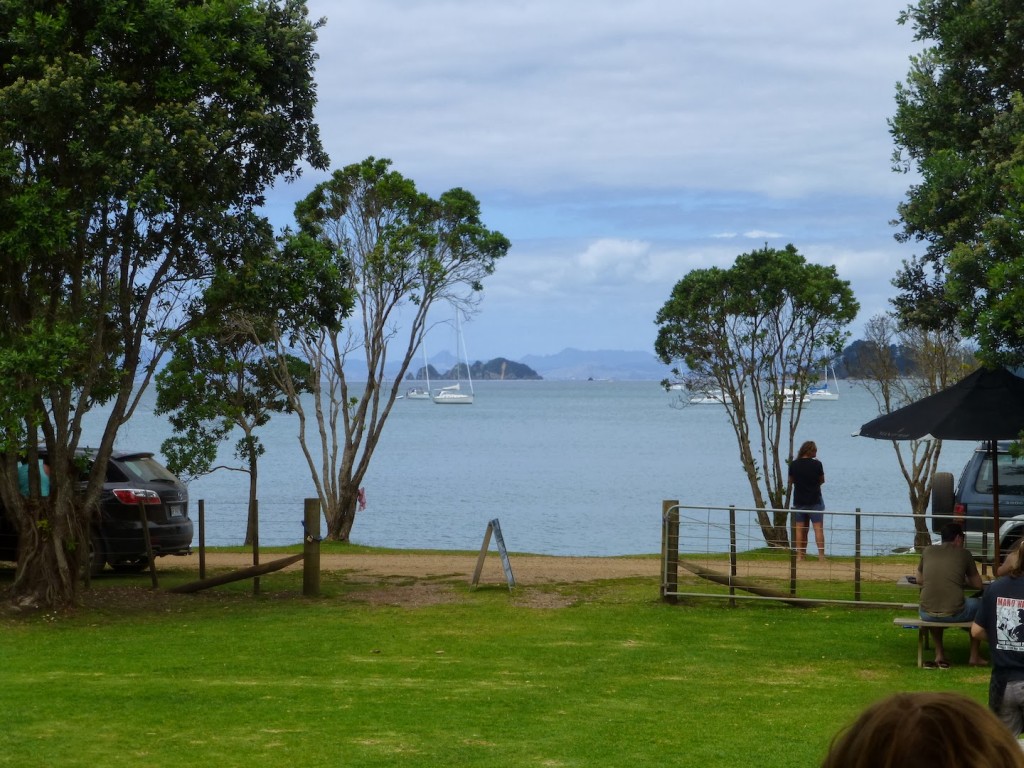
Man O’ War got its name because it is on the part of the island where Captain Cook and his men came to get supplies and wood for the mast of war ships.
Amazing Experience
We were so lucky to be able to take a trip like this and meet the wonderful and friendly people in Australia and New Zealand. To experience the untouched and breathtaking coastal towns and see rare animals in their natural habitats was an indescribable experience. We loved the big cities like Sydney and Auckland and the tiny towns like Oban. One thing is for sure – we would LOVE to go back some day.
PS While not wine related, we got to experience the rarest of Penguins, the Yellow-Eyed, coming out of the ocean and feeding its chicks. Perhaps the best part of the entire trip!
